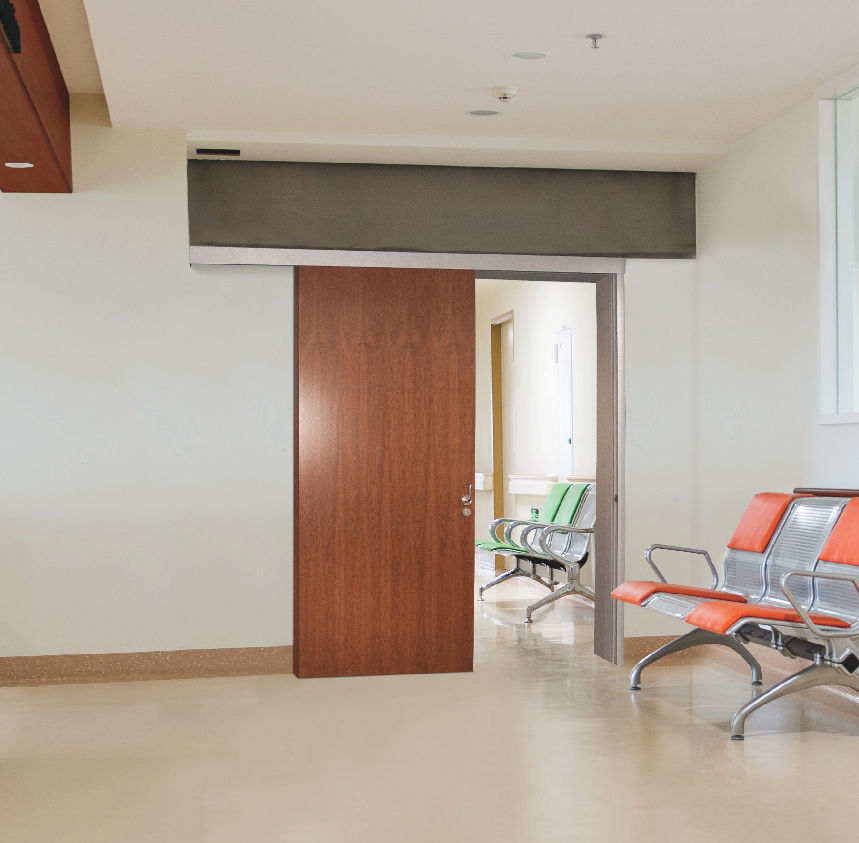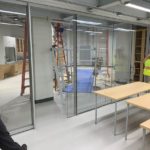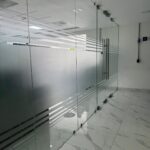 When three or more people ask me the same question, I know it’s time to post the answer on iDigHardware. Here’s today’s Quick Question:
When three or more people ask me the same question, I know it’s time to post the answer on iDigHardware. Here’s today’s Quick Question:
An architect is interested in specifying a sliding fire door assembly for a project, but I see that the product is listed to UL 10B. I thought fire doors were required to be listed to UL 10C?
The International Building Code (IBC) requires side-hinged or pivoted swinging fire door assemblies to be tested in accordance with UL 10C or with NFPA 252, using the positive-pressure criteria. This is the test method that most accurately duplicates the performance of a swinging fire door during an actual fire. Although UL 10C is entitled “Standard for Positive Pressure Fire Tests of Door Assemblies” without indicating that it applies to swinging doors, the scope within the standard (Paragraph 1.1) states that the methods of fire testing described in the standard are applicable to swinging door assemblies.
Other types of fire door assemblies, including horizontal sliding doors, fall under a different paragraph in the IBC:
716.2.1.2 Other types of assemblies. Fire door assemblies with other types of doors, including swinging elevator doors, horizontal sliding fire doors, rolling steel fire doors, fire shutters, bottom- and side-hinged chute intake doors, and top-hinged chute discharge doors, shall be tested in accordance with NFPA 252 or UL 10B. For tests conducted in accordance with NFPA 252, the neutral pressure plane in the furnace shall be maintained as nearly equal to the atmospheric pressure as possible at the top of the door, as specified in the standard.
This section requires sliding doors to be tested in accordance with UL 10B, or using the NFPA 252 test standard with the neutral pressure plane at the top of the door rather than at the positive pressure location 40 inches above the floor. So a sliding fire door that is self-closing or automatic-closing, positive-latching, with a UL 10B listing, that is serving an occupant load of 10 people or less, would be compliant with the IBC’s fire door requirements. Note that fire doors in some locations must also meet the air-leakage requirements of the code, when tested to UL 1784.
Any questions?
You need to login or register to bookmark/favorite this content.






And NFPA 101?
I saw the state people require fire rated doors in a home assisted living place.
I do not think they were self closing, since it was in a home.
How about if in business setting?
Just had David Boardman present these doors to us today. Very informative and looking forward to when we can provide a sale to customer inquiry.
It looks like in this picture each side of that door would have an occupancy load greater than 10, could this still be used in an area where the sliding door is not the path of egress hence allowing an occupancy load greater than 10?
Also can these pass UL1784?
I sort of assumed that because I’ve read it before. Thanks for the look ups Lori. Also because a company wouldn’t introduce a new product if it didn’t meet the code for the market it was to be sold in.
Very interesting article. Appreciate this being shared publicly
https://www.goldcoastbifolddoorpros.com.au